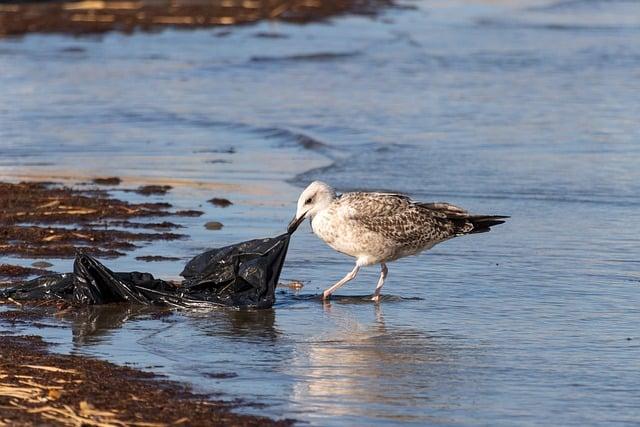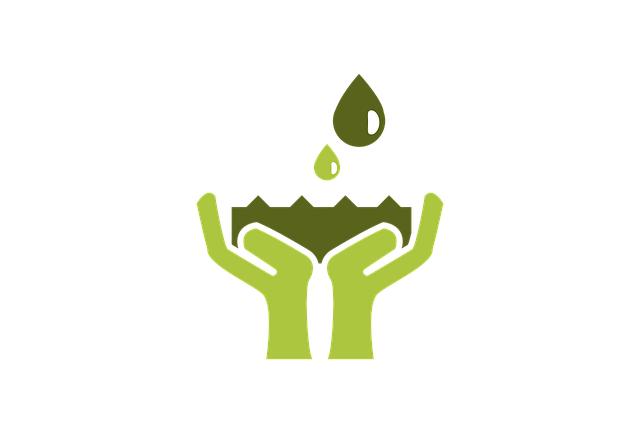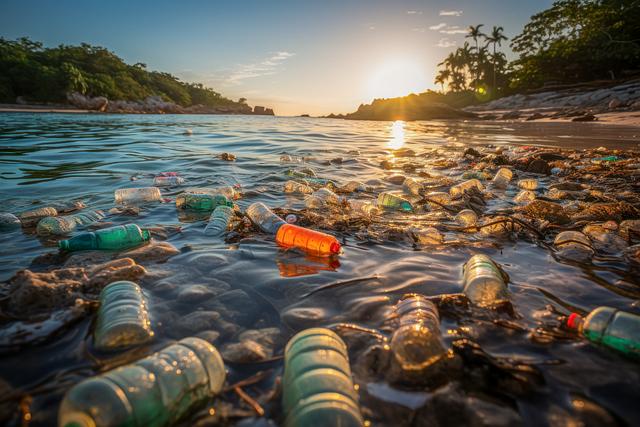- Introduction
- Why Reducing Single-Use Plastics Is Important
- Simple Ways to Reduce Single-Use Plastics
- Alternatives to Single-Use Plastics
- Government and Business Actions Against Single-Use Plastics
- Conclusion
- FAQs
- References
Introduction
Plastic pollution is one of the most significant environmental problems facing our planet today. With millions of tons of plastic waste entering our oceans and landfills each year, it's crucial to address this issue. In this article, we will explore why reducing single-use plastics is vital, how individuals can make a difference, viable alternatives to traditional plastics, and how governments and businesses can contribute to the solution.
The focus will be on practical approaches for consumers to prioritize reusable and eco-friendly options, along with highlighting how collective action can lead to greater success. Finally, we’ll delve into FAQs and key references for further reading on minimizing plastic waste.
Why Reducing Single-Use Plastics Is Important

(Image: Pixabay/@MechaOwl)
Single-use plastics are lightweight materials designed to be used once and then discarded. Examples include plastic straws, bags, cutlery, and packaging. Although these items offer convenience, their environmental impact far outweighs their benefits.
One of the main concerns is that plastic does not break down easily in nature. Unlike organic materials, plastics can take up to 500 to 1,000 years to decompose. As they break down, they form microplastics, which pose serious health risks to marine life, wildlife, and inevitably, humans through the food chain.
In addition to harming ecosystems, producing plastics requires significant natural resources such as petroleum and water. Overconsumption of these materials fuels greenhouse gas emissions, contributing to climate change.
Simple Ways to Reduce Single-Use Plastics

(Image: Pixabay/@tarasyasinski)
Making small lifestyle changes can greatly reduce your single-use plastic footprint. One of the simplest ways to begin is by replacing disposable items with reusable alternatives. For example:
- Carry a reusable water bottle: Limit the purchase of plastic bottled water by opting for stainless steel or glass variants.
- Bring your own shopping bags: Reusable cotton or canvas bags are sturdier and more sustainable than plastic ones.
- Say no to plastic straws: Instead, use reusable metal, glass, or bamboo straws.
Aside from personal choices, it's essential to encourage others, including friends, family, and coworkers, to incorporate these changes as well. Advocacy helps spread awareness, contributing to larger movements toward reducing reliance on plastics.
Alternatives to Single-Use Plastics

(Image: Pixabay/@kreatikar)
Fortunately, numerous eco-friendly alternatives to single-use plastics are now available in the market. These alternatives tend to be made from renewable materials, such as plant fibers or biodegradable compounds. Some popular options include:
- Bamboo cutlery: Replace synthetic utensils with natural, reusable bamboo or wooden options.
- Plant-based packaging: Many companies now create packaging using compostable materials like cornstarch, which breaks down significantly faster than plastic.
- Beeswax wraps: Instead of plastic wrap, beeswax-coated fabric can be used to store food and is reusable many times over.
Choosing these alternatives helps reduce demand for plastic products and encourages companies to invest in environmentally responsible materials.
Government and Business Actions Against Single-Use Plastics

(Image: Pixabay/@OpenClipart-Vectors)
While individual actions can help mitigate the plastic problem, larger-scale changes at institutional levels can drive even more substantial outcomes. Numerous countries and cities have already implemented policies to ban or significantly reduce the use of single-use plastics.
For instance, the European Union has banned many single-use plastic items such as straws, plates, and cutlery. Similarly, various states in the U.S. are enforcing laws that restrict plastic usage and encourage recycling efforts.
Businesses also play a crucial role by minimizing their industry’s environmental impact. Many corporations have pledged to shift towards environmentally-friendly alternatives, improving product packaging, and distributing goods more sustainably. Public pressure through petitions, campaigns, and social media has been instrumental in pushing some companies to adopt zero-waste goals.
Conclusion
Reducing single-use plastics is critical for safeguarding our environment and future generations. By altering our habits, choosing sustainable alternatives, and supporting government and business initiatives aimed at plastic reduction, each of us can contribute to addressing this significant challenge. It begins with small but conscious steps—collective changes can pave the way for a cleaner, healthier planet.
FAQs
What are single-use plastics?
Single-use plastics are products that are intended to be used once before being discarded. Examples include plastic bags, straws, cutlery, and packaging.
How do single-use plastics affect the environment?
Single-use plastics take hundreds of years to decompose, polluting land and oceans. They contribute to environmental problems ranging from oceanic dead zones to harming wildlife.
What can I do to reduce my plastic usage?
You can carry reusable alternatives (e.g., water bottles, shopping bags), avoid products with excessive plastic packaging, and advocate for businesses and governments to act against the excessive use of plastics.
Is recycling enough to solve the plastic issue?
While recycling helps, it’s not sufficient. Only a fraction of plastic gets recycled effectively. Reducing consumption is the most impactful action you can take.

